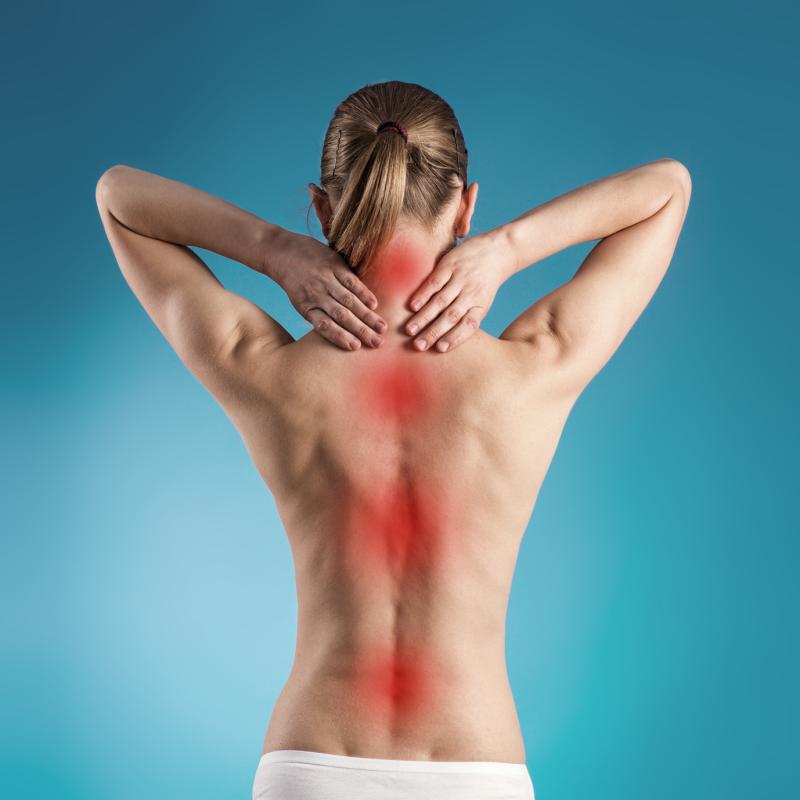Abaloparatide good for fracture risk reduction in younger postmenopausal women





Abaloparatide proves beneficial to younger postmenopausal women at high risk of fractures, producing substantial improvements in bone mass density (BMD), according to a subgroup analysis of the ACTIVE* trial.
“This study examined the safety and efficacy of the anabolic agent abaloparatide in a subgroup of women <65 years of age with a prior fracture and baseline T score of ≤−2.5 (any site),” the researchers said.
A total of 296 women (median age, 60 years, range, 49–64) were included, among whom 94 had been randomized to treatment with abaloparatide 80 mg subcutaneously, 103 to matching placebo subcutaneously, and 99 to open-label teriparatide 20 mg subcutaneously. Treatment lasted 18 months.
Compared with placebo, abaloparatide treatment led to marked increases in BMD for total hip, femoral neck, and lumbar spine at several time points: 6 months (p<0.01 for the first two sites; p<0.0001 for lumbar spine), 12 months (p<0.0001 for all sites), and 18 months (p<0.0001 for all sites). Fracture rates were also lower with the anabolic agent, consistent with the overall trial results, although the differences were not statistically significant. [Clin Ther 2020;doi:10.1016/j.clinthera.2020.04.012]
The number needed to treat (NNT) to prevent one additional vertebral fracture after 18 months of treatment was 18 for abaloparatide and 21 for teriparatide. NNT tended to be lower with the former for nonvertebral fractures (23 vs 40) and clinical fractures (16 vs 73), but similar between the two drugs for major osteoporotic fractures (24 vs 27).
Safety outcomes were in line with the overall ACTIVE population. Treatment-emergent adverse events (AEs) were similar across the treatment groups: 84.0 percent with abaloparatide, 82.5 percent with placebo, and 87.9 percent with teriparatide. The most frequently observed AEs were headache, nausea, and hypercalciuria in the first group; headache and back pain in the second; and arthralgia, back pain, and nasopharyngitis in the third.
Current guidelines recommend that postmenopausal women aged <65 years be screened for osteoporosis in the presence of risk factors, such as low body weight, long-term systemic glucocorticoid therapy, family history of osteoporotic fracture, early menopause, current smoking, or excessive alcohol consumption; or using a formal clinical risk assessment tool if they are at increased risk of fracture. [JAMA 2018;319:2521-2531]
“[However], many women have a sentinel event before being diagnosed with osteoporosis and, consequently, are at increased risk for subsequent fracture. In such patients, early access to anabolic therapy has the potential to decrease the risk of future fracture events, including downstream morbidity and mortality risks, as well as associated healthcare costs,” the researchers pointed out. [J Bone Miner Res 2000;15:721-739]
“Results from this subgroup analysis support the use of abaloparatide in a younger population of women who are at risk for fracture,” they added.
*Abaloparatide Comparator Trial in Vertebral Endpoints